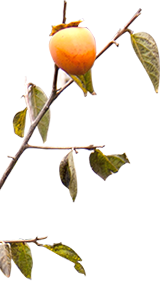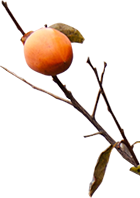The first planting in Asia was carried out in Gwangju. Before the event, there was some concern about anti-Japanese feelings in South Korea, but the event went smoothly without any problems.
The idea of the Gwangju planting was conceived when Mr. Ha Jung-Woong, one of the exhibition organizers of the 3rd Gwangju Biennale and a Zai-nichi (a Korean living in Japan), saw and was impressed by the Kaki Tree Project exhibit at Mito Art Gallery. Mr. Ha then contacted Ms.Sunhee Kim of Gwangju city Art Gallery, who had seen the exhibit at the Biennale in Venice, and she became a supporter of the project. Just two weeks before the expected planting, after Mr. Ha’s meeting with the Gwangju Biennale executive committee, Mr. Kim Sang-yoon, it was decided that the Biennale would be in charge of the planting project in Gwangju. Having received an approval from the mayor as well as from principal human rights organizations in Gwangju, the planting was carried out. Unfortunately, no children participated in the event, but it was significant indeed that a second-generation seedling of Hibaku-kaki was planted for the first time in Asia.
The attendants at the ceremony include, in addition to the numerous press people, Mayor of Gwangju Metropolitan City, Director of Gwangju Museum of Art, CEO of The May 18 Memorial Foundation, Council representative civic and also 80 people who live in the city. It was agreed there that art galleries and museums would help to hold workshops for children in the future. (Incidentally, Mr. Ha is a well-known collector of artworks of Zai-nichi artists. He has donated to Gwangju Art Gallery 683 pieces in total from his collection which he has accumulated in the last 35 years. At the Gwangju Biennale, an exhibition was held under the title “the Human Rights of Zai-nichi” on the basis of his collection.
Subsequently, there occurred an incident in which the planted seedling was pulled out because of the raising nationalistic, anti-Japanese feelings. In 2001 another seedling was planted but was soon destroyed again. In 2003 a third seedling was planted, fenced with barbed wire. “In the knowledge of the historical facts, we must build a new relationship. How could we teach children about the importance of life and peace if we cannot take care of one single seedling of kaki?” Mr. Ha’s passionate words appears to have been heard finally: the seedling is just doing fine!




